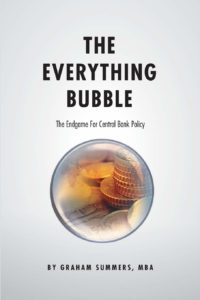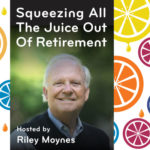
My latest MoneySense Retired Money column looks at what to do with the “found money” most of us are experiencing during this extended Covid-19 lockdown. Click on the highlighted text to access the full column: What to do with $500, $1,000 or $10,000 right now.
In it, four experts are asked what they’d recommend clients do with an extra $500, $1,000 and $10,000. One was Adrian Mastracci, portfolio manager with Vancouver-based Lycos Asset Management Inc., who suggests any extra savings should be “parked out of sight” for a month or two while you analyze your needs and options. Repaying debt – particularly high-interest credit card debt – is always a top-notch, risk-free way of deploying cash, Mastracci says.
Certified financial planner Aaron Hector, vice president of Calgary-based Doherty Bryant Financial Strategists, suggests those nervous about their employment status should leave the money parked while they “wait and see” what transpires. “Cash provides flexibility,” he says. You also need to determine if there really are true savings or you are simply experiencing a delayed expense, as may be the case if a planned vacation abroad was cancelled because of Covid. If so, that money will eventually be spent.
Covid-19 has forced everyone to re-think our financial goals and objectives, says fee-only planner Robb Engen, the blogger behind Boomer and Echo, “For some retirees, that has meant putting off large projects such as a home renovation until better times. But for those who have enough income to meet their spending needs and then some, I’d recommend squirreling away any extra cash savings in a high-interest savings account to ensure you can pay cash for your next big-ticket purchase without cashing in any investments.”
Asset Allocation ETFs a good choice for $10,000
Engen — one of the MoneySense experts on the annual ETF All-Stars feature — suggests an asset allocation ETF, assuming all short-term goals have been funded and accounted for. For older folk wanting some fixed income to cushion any further Covid-related market volatility, consider VBAL or VCNS (60% and 40% equities respectively.) Keep in mind that iShares has a similar set of asset allocation ETFs, as does Horizons ETFs, all highlighted in the latest ETF All-stars package. Continue Reading…






